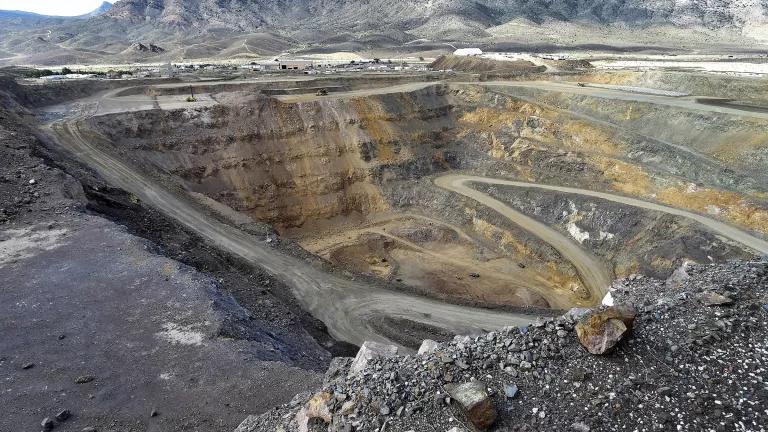
Agency records retention policies aren’t the sexiest topic around. But at a time when Secretary Zinke’s Department of the Interior is actively discouraging transparency, the way the agency destroys records of its past decisions, old data, and other documents is of vital importance.
That’s why NRDC and other organizations that rely on Interior’s records recently submitted comments opposing its proposal to change the way it disposes of hundreds of types of records with implications for human health, the environment, and government transparency. This particular request garnered unusual attention because of its vast scope and potential significance. But it turns out that federal agencies routinely determine when and whether records should be destroyed with little or no input from the public.
The process by which agency records are destroyed is complicated, but essentially, it looks like this: every agency must develop schedules for when categories of records should be destroyed. Then, the National Archives and Records Administration (NARA) must review and approve those schedules after a brief public notice in the federal register.
Interior’s request highlights the need for increased transparency in this area. The request covers over 400 categories of documents, including those related to compliance inspections at oil and gas wells, protections for endangered species, and management of federal land. Interior has requested to destroy some of these documents for the first time. And as highlighted in NRDC’s letter to NARA, Interior’s proposal fails to protect records that are essential to safeguard the environment and public health.

Vital as those records are, equally important is the fact that Interior’s plan almost went entirely unnoticed. Despite the vast scope of Interior’s request, it was announced in a single paragraph, buried at the end of a vague notice published by NARA in the federal register. It’s a wonder anyone caught it at all. If not for a few diligent individuals who requested to view the entirety of Interior’s request, we wouldn’t be talking about this.
These are public records. They were created using taxpayer dollars. Our laws provide those who use these records a role in deciding how they are destroyed. Hopefully, the public’s response to Interior’s request provides NARA a valuable teaching moment and it perfects its procedures to review agency record disposal requests. If not, NARA may unwittingly approve destruction of vital records such as those at issue in Interior’s request—meaning they would be lost forever.




